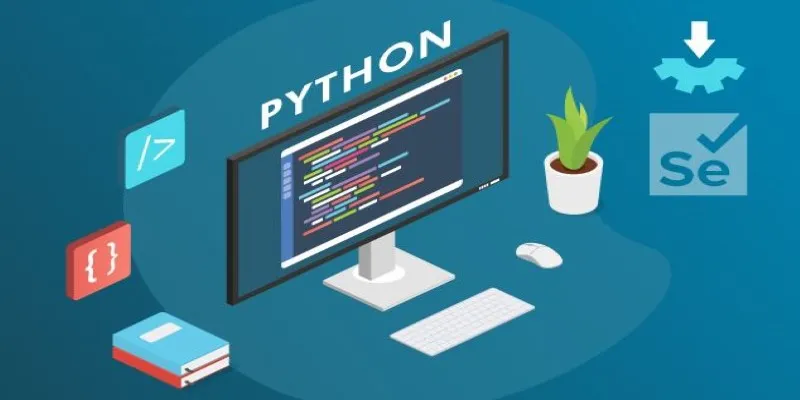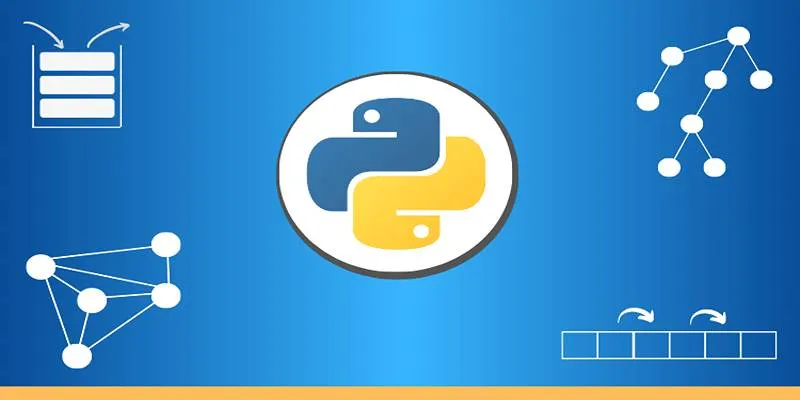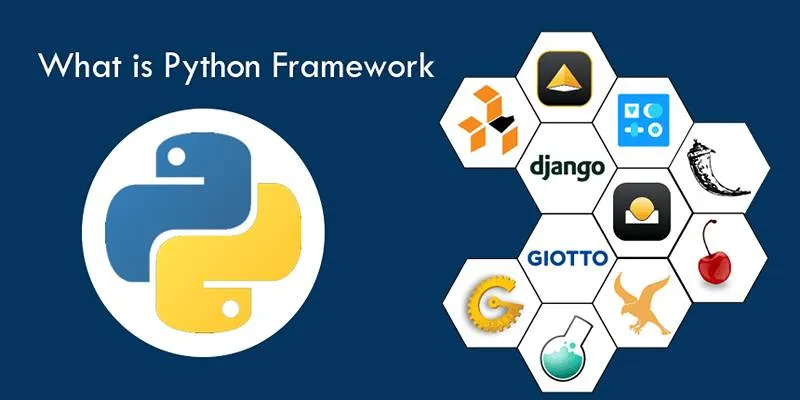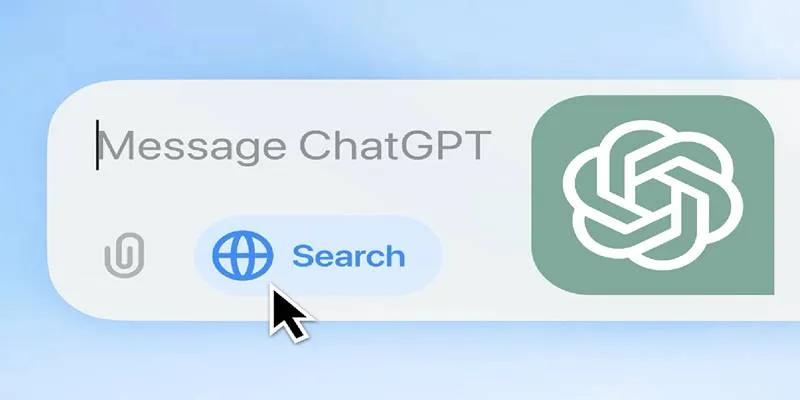The internet thrives on repetition—logging in, clicking buttons, filling out forms, and gathering data. Imagine performing these tasks manually every day. Tedious, right? That’s where Selenium with Python comes in. It acts like a personal assistant for your browser, handling actions like clicking, typing, and navigating for you. Originally designed for testing websites, Selenium has evolved into a go-to tool for Python automation. It manages everything from web scraping to form submissions. With just a few lines of code, you can control a browser as if you were using it yourself. Whether you’re a developer or simply tired of repetitive tasks, Selenium with Python is worth exploring.
Understanding Selenium Python and Its Role in Automation
Selenium is an open-source tool for automating web browsers. When integrated with Python, it provides a powerful method of accessing websites programmatically. Initially developed for automatic website testing, Selenium enabled developers to verify whether their websites were working as intended. It has since become a favorite tool in Python automation, supporting tasks like web scraping, bot programming, and workflow automation.
Selenium Python functions as a WebDriver, serving as an interface between Python programs and web browsers. It allows users to manipulate websites as humans do—by clicking buttons, typing, navigating pages, and even processing pop-ups. Thus, it becomes a powerful tool in testing and data collection, requiring less human effort.
One such bridge is the use of WebDriver, which makes Selenium Python perform the same tasks as a user by clicking buttons, inputting text, navigating pages, handling pop-ups, etc. This facilitates the testing and data collection with less manual work.
How Selenium Python Works: Key Components and Setup
To get started with Selenium Python, you need three main components: Python, the Selenium package, and a WebDriver for your preferred browser. Here’s how each part contributes:

- Python – The programming language powering the automation.
- Selenium Library – A set of functions that help Python communicate with web browsers.
- WebDriver – A browser-specific driver that executes commands sent from the Selenium script.
Setting up Selenium Python is straightforward. First, install the Selenium
library using Python’s package manager: pip install selenium.
Next, download the WebDriver that matches your browser. For example, if you’re using Chrome, you’ll need ChromeDriver. Once the WebDriver is installed, you can start automating tasks by launching a browser, navigating to a webpage, and interacting with its elements.
A basic script to open a webpage using Selenium Python looks like this:
from selenium import webdriver
driver = webdriver.Chrome() # Launch Chrome browser
driver.get("https:/www.example.com") # Open the website
print(driver.title) # Print the webpage title
driver.quit() # Close the browser
This script launches a Chrome browser, opens a website, prints its title, and then closes the browser. While simple, it demonstrates how Selenium Python interacts with web pages.
Applications of Selenium Python in Web Automation
Selenium Python is used in a wide range of real-world applications. Some of the most common include:
Automated Testing
Selenium Python helps developers test websites before deployment. It checks if forms, buttons, and navigation function properly. Automated tests can run across multiple browsers, ensuring compatibility and reliability. This reduces manual testing time, improves efficiency, and catches potential issues early in the development process.
Web Scraping with Python
Unlike traditional scrapers, Selenium Python handles JavaScript-heavy websites. It interacts with dynamic content, extracts data, and navigates pages like a human user. This makes it useful for collecting real-time data from websites, such as product listings, financial reports, or research data, without requiring manual interaction.
Form Filling and Data Entry
Selenium Python automates repetitive data entry tasks, reducing errors and saving time. It can fill out forms, submit applications, and update records in bulk. This is particularly useful for businesses handling large-scale data input, such as registrations, surveys, and customer information management.
Automating Login Systems
Managing multiple accounts manually is inefficient. Selenium Python automates login processes by securely storing credentials, entering login details, and navigating authentication pages. It simplifies repeated logins for web applications, reducing time spent on account access while maintaining security through encrypted credential storage.
Bot Development
Many businesses use Selenium Python to build bots for various tasks, including customer support, web monitoring, and social media automation. These bots interact with websites, fetch updates, and perform scheduled tasks, enabling businesses to enhance productivity and maintain a consistent online presence without manual effort.
Challenges and Limitations of Selenium Python
While Selenium Python is a powerful automation tool, it does have some drawbacks:
Performance Issues
Selenium Python loads entire web pages, including images, scripts, and stylesheets, making it slower than traditional scrapers that fetch raw HTML. This increased load time can impact efficiency, especially for large-scale automation tasks, making it less suitable for high-speed data extraction or processing in real-time applications.
Anti-bot Detection

Many websites detect Selenium-driven browsers and implement restrictions, such as CAPTCHA challenges or IP blocking, to prevent automated access. These security measures can disrupt automation workflows. To bypass detection, developers use user-agent spoofing, rotating proxies, or CAPTCHA-solving services, ensuring uninterrupted interactions with target websites while maintaining automation reliability.
WebDriver Maintenance
Since browsers frequently update, WebDriver versions must be updated accordingly to ensure compatibility. Outdated WebDrivers may cause failures or unexpected behavior in automation scripts. Developers need to monitor browser updates regularly, manage WebDriver dependencies, and maintain compatibility across different operating systems to ensure seamless automation performance.
Conclusion
Selenium Python is an essential tool for anyone looking to automate web tasks efficiently. Whether you need to test websites, extract data, or streamline online processes, it offers a versatile solution. While it has limitations, with the right strategies, it can be an invaluable asset in Python automation. By interacting with websites like a real user, Selenium Python simplifies automation and enhances productivity. As web technologies evolve, mastering this tool will remain a valuable skill for developers and data analysts.
 zfn9
zfn9























